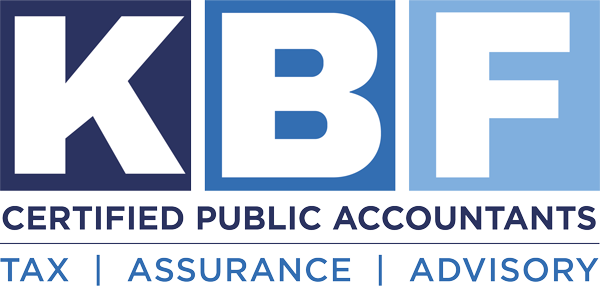Employee Retention Credit Extended and Expanded

The ERC is a refundable payroll tax credit available to eligible employers with qualified wages paid during periods in which the employer was fully or partially closed by government order. Under the ERC, eligible businesses who have retained employees during the COVID-19 pandemic can get a percentage of wages paid refunded.
The new notice clarifies and describes changes under the new law that apply to 2021. Here are key changes to the law.
Maximum amount of ERC available for each employee increased to 70%
Previously, the credit amount was 50% of the qualified wages paid to employees plus designated health benefit costs. The credit was capped at $10,000 in qualified wages/costs paid during 2020 or $5,000 in total credit per qualified employee ($10,000 in qualified wages/costs X 50% tax credit rate).
Effective January 1, 2021, the credit amount is increased to 70% of qualified wages/health benefit costs. The credit cap is increased to $7,000 for each quarter in 2021 ($10,000 in qualified wages/benefit costs X 70% tax credit rate), so that the maximum credit for 2021 will be $28,000 per employee. This aggregate $28,000 per employee maximum credit for 2021 is available even if the employer received the $5,000 maximum credit for /costs paid to such employee in 2020. In total one employee can generate up to $33,000 in credit ($5,000 in 2020 + $28,000 in 2021). “Recovery Startup Businesses” are limited to $50K in ERC per quarter in Q3 and Q4 2021.
Period of availability now covers all of 2021
The original law only covered wages paid after March 12, 2020 and before January 1, 2021. The new law now covers qualified wages paid after March 12, 2020, and before December 31, 2021, extending availability of the credit to all of 2021.
Eligibility requirements for ERC expanded
Effective January 1, 2021, companies whose operations were either fully or partially suspended by a COVID-19 lockdown order, or for a quarter in 2021, if such companies’ gross receipts are less than 80% of gross receipts for the same quarter in 2019. As intended by the law, more companies will now be eligible to claim the ERC since the quarterly gross receipt reduction threshold has been lowered from 50% in 2020 to 20% in 2021, as compared to the receipts in the same quarter in 2019. A Recovery Startup Businesses is eligible for ERC in Q3 and Q4 of 2021. A recovery startup business is a business that started operations after February 15, 2020 and had annual gross receipts of less than $1M. The maximum ERC for a Recovery Startup Business for either Q3 or Q4 2021 shall not exceed $50,000.
Companies that received PPP can now also claim ERC
Last year, if a business obtained a Paycheck Protection Program (“PPP”) loan, it was not eligible for the ERC. This rule also applied to all the affiliated companies that shared common ownership, so that if one of the affiliates received a PPP loan, any other company with more than 50% common ownership was ineligible to claim the ERC. Now, any eligible employer regardless of whether it received a PPP loan, can now claim the ERC for qualified wages paid to its employees. The ERC cannot be claimed for any wages that were paid using the PPP loan proceeds that was forgiven (essentially, no double dipping). This change is retroactive to wages paid after March 12, 2020, i.e., the effective date of the original law. Therefore, any eligible company that obtained a PPP loan in 2020 and paid qualified wages in excess of the PPP loan amount that was forgiven, should be able to file amended employment tax returns to claim the ERC.
To know more about employee retention credit, check out the frequently asked questions on the IRS website. For assistance in qualifying, documenting and claiming/monetizing these valuable cash credits, please contact us.
